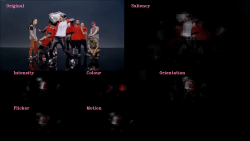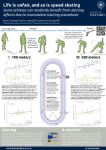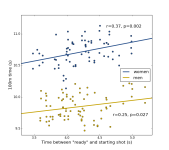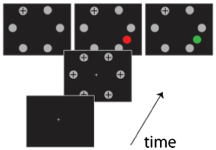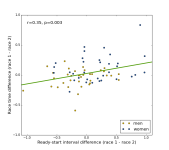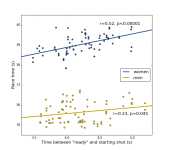Using the BIOPAC MP160 in Python
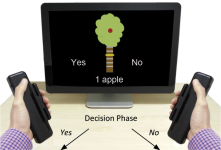
Via Twitter, Dennis Hernaus (@hernaus_tweets) contacted me about my MPy150 library for BioPac’s MP150 system (read this older blog post for more info). After some fiddling, he managed to get his MP160 device to work in Python, and I figured it would be good to share his efforts here.




